Small daily choices can slowly shorten their lifespan.
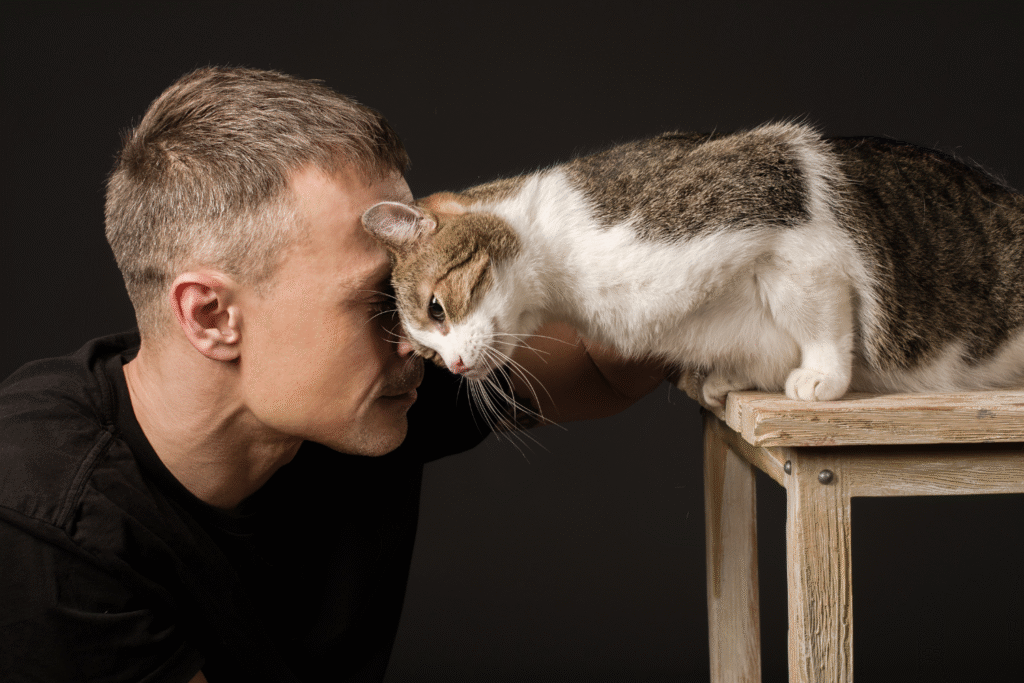
Kidney disease in cats doesn’t arrive overnight, it creeps in over years, often fueled by everyday habits that seem harmless. Feline kidneys are delicate, filtering toxins with precision until one day they simply can’t keep up. Early damage is nearly invisible, but by the time symptoms show, much of the loss is permanent. What makes it worse is that most cat owners unintentionally contribute to the decline through food, hydration, and lifestyle patterns. Knowing what to change now can mean more years of energy, appetite, and comfort later.
1. Feeding only dry food strains their filtration system.

Cats evolved to get most of their water from prey, not bowls. When fed dry food exclusively, they often live in a state of mild dehydration, forcing kidneys to work harder to flush toxins. According to the Cornell Feline Health Center, this chronic lack of moisture accelerates the wear on nephrons, the kidney’s filtering units. Wet or mixed diets help keep hydration balanced and reduce urinary concentration. What seems like simple kibble convenience can, over time, tip the scales toward chronic kidney disease.
2. Ignoring subtle dehydration signs speeds up kidney wear.

It’s easy to miss how little water a cat actually drinks. Unlike dogs, cats rarely gulp or show thirst, so dehydration often goes unnoticed until it’s damaging. As stated by the American Association of Feline Practitioners, even slight dehydration increases waste buildup and puts more stress on kidney tissue. Skin tenting, dull coats, or frequent naps near water bowls can be early clues. A cat that “never drinks much” isn’t fine—it’s quietly losing renal resilience drop by drop.
3. Overfeeding high-sodium treats worsens renal stress.
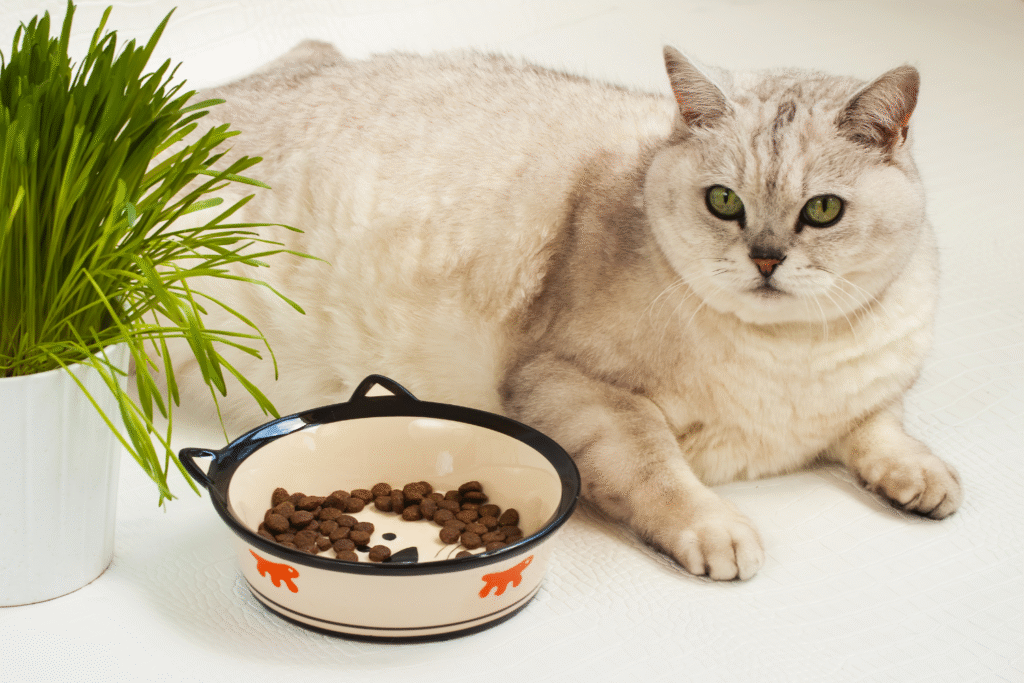
Salt makes food more appealing but also forces the kidneys to expel excess sodium through extra work. Reported by the Pet Nutrition Alliance, long-term intake of salty snacks or human foods like deli meats can compound existing kidney strain. Cats don’t need flavor boosts; they need balance. Even healthy-looking cats experience microdamage over years of sodium overload. Reducing processed treats and sticking to low-salt, moisture-rich options gives their kidneys breathing room to recover from daily filtration demands.
4. Skipping yearly bloodwork hides early kidney decline.

By the time cats show signs like weight loss or increased thirst, kidney function is often already reduced by half. Routine screenings are the only way to catch trouble before it turns irreversible. Many vets recommend annual blood and urine tests, especially for cats over seven. Those early readings give owners a chance to adjust diet and hydration before symptoms appear. It’s the quiet difference between slowing a disease and realizing it too late to stop.
5. Leaving litter boxes dirty discourages normal hydration cycles.
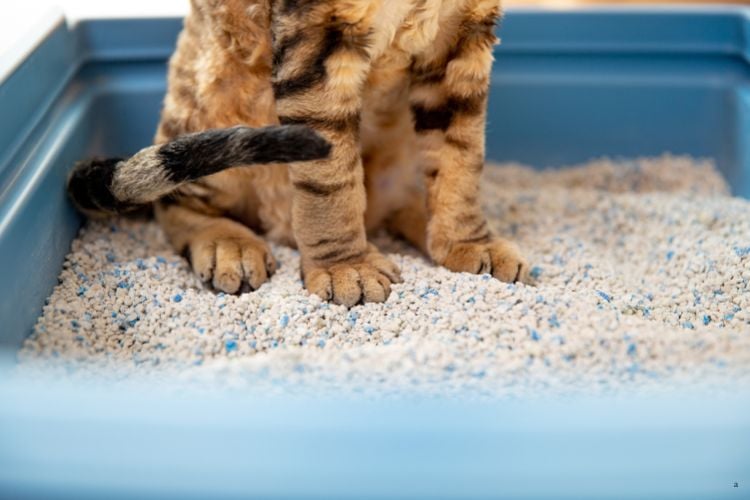
Cats who avoid unclean boxes may hold their urine longer, which increases concentration and urinary toxins. This seemingly minor delay can harm kidney tissue over time. Regular scooping—ideally twice a day—helps prevent infections that can compound renal stress. Fresh litter also encourages more frequent, healthier urination cycles. In the long game of kidney preservation, sanitation is not just about cleanliness, it’s about keeping a natural detox rhythm intact.
6. Letting stress linger disrupts kidney balance.
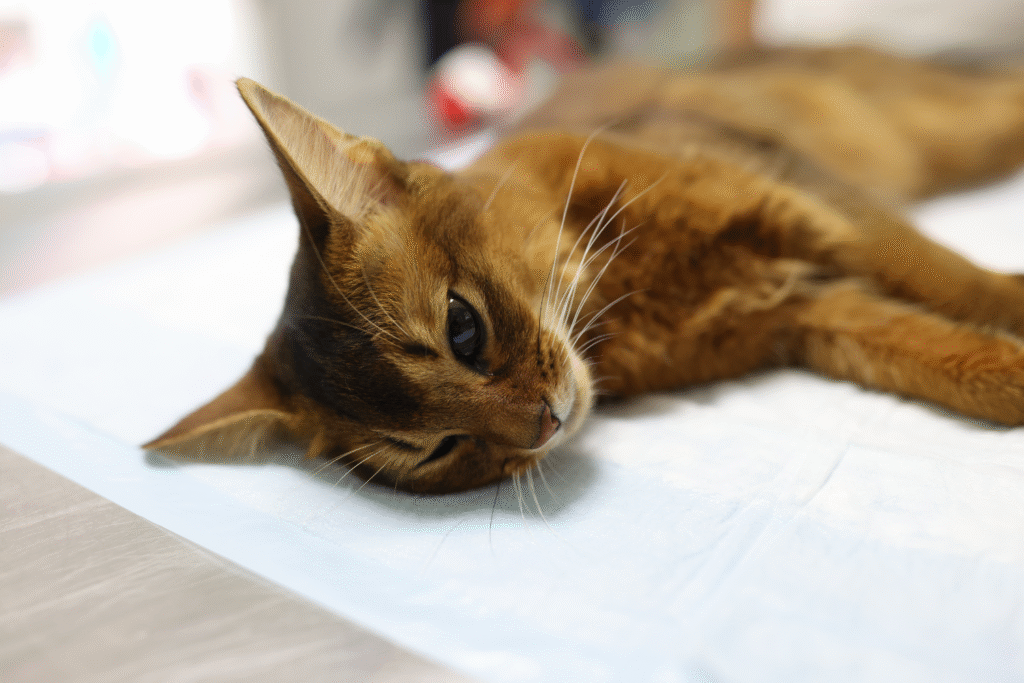
Chronic stress releases cortisol, which can affect blood pressure and kidney blood flow. Moving homes, adding new pets, or constant loud noises can all subtly raise those stress levels. Cats under prolonged anxiety often drink less and eat irregularly, both of which strain kidney function. Calming routines, quiet resting spaces, and pheromone diffusers can help maintain internal balance. Healthy kidneys don’t just rely on good nutrition—they rely on stability.
7. Forgetting to adjust food for age and weight matters.
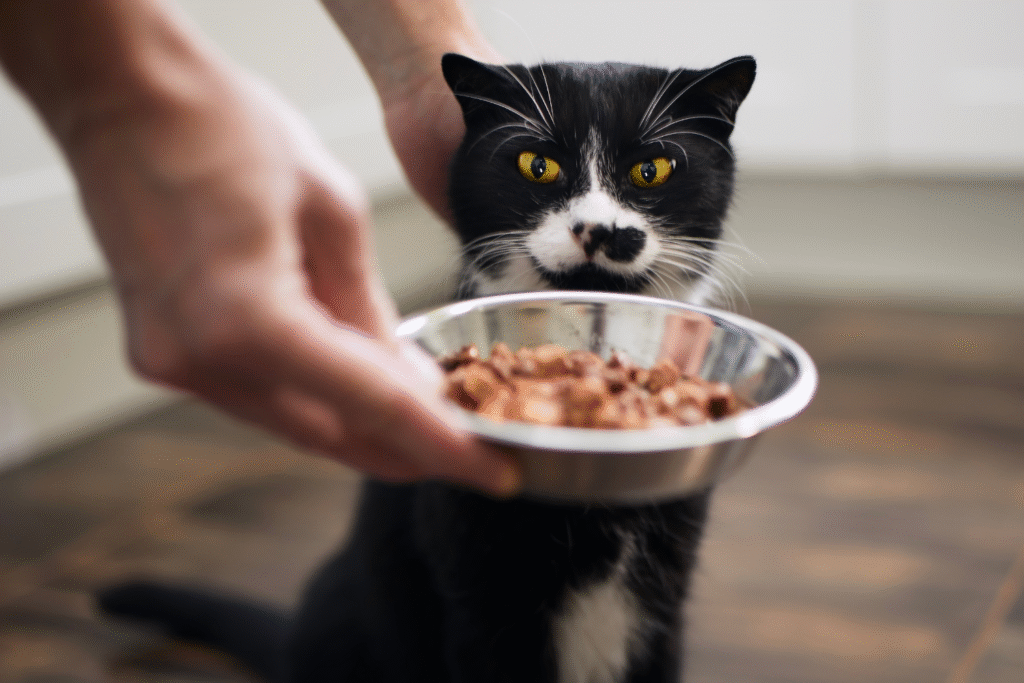
Kittens, adults, and seniors process nutrients differently. Older cats require specific protein levels that maintain muscle without overloading the kidneys. Many owners stick with the same brand for years, unaware that nutritional needs change drastically with age. Switching to a vet-recommended senior formula at the right time can dramatically ease the kidneys’ burden. A simple adjustment in feeding schedule or formulation can extend quality of life by preserving kidney capacity longer.
8. Offering tap water with minerals or fluoride adds up.
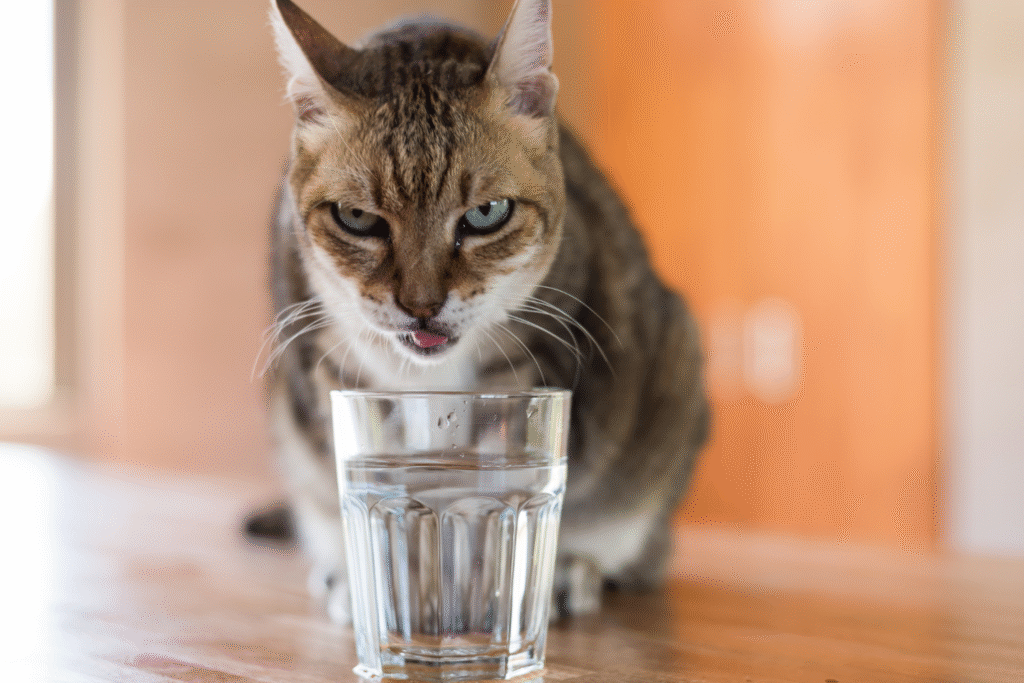
In regions where tap water is heavy in minerals or fluoride, cats may be ingesting substances their kidneys must constantly filter. Even in small amounts, those elements accumulate over years. Using filtered or reverse osmosis water reduces that invisible load. It’s an overlooked step that supports every part of the renal process, especially for indoor cats whose water intake depends entirely on what’s provided. Their kidneys, designed for clean stream water, thrive best when what they drink is equally pure.
9. Missing subtle appetite changes risks late detection.
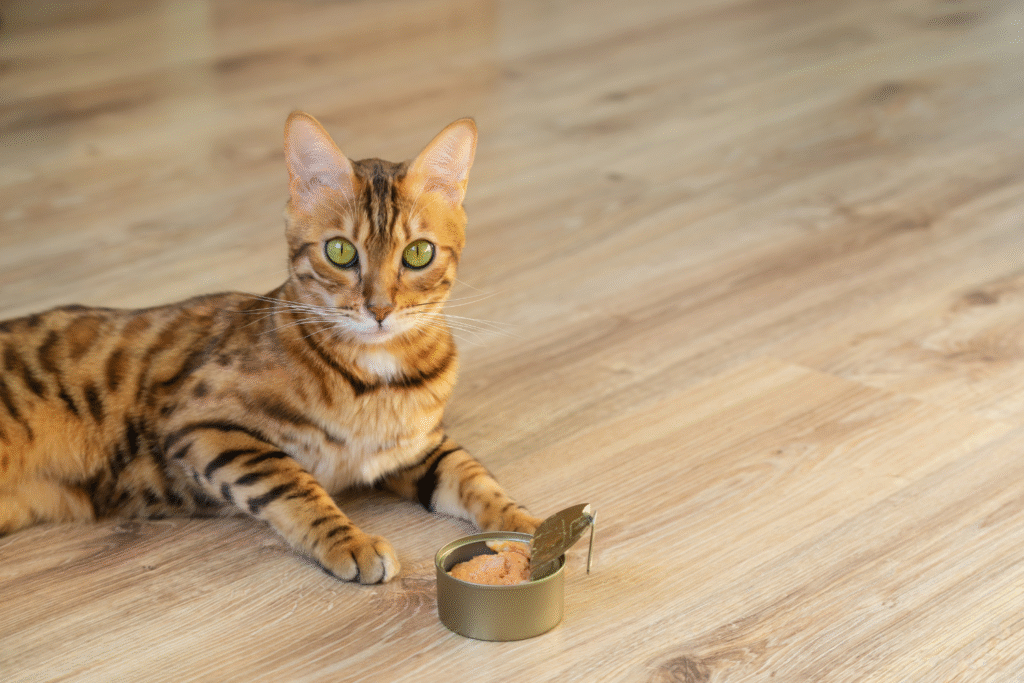
A slight drop in appetite, skipping breakfast, or eating less of their favorite food might seem trivial, but it’s often an early sign of renal imbalance. When toxins build up, nausea and reduced hunger follow quietly. Observant owners notice these patterns weeks or months before lab values confirm kidney issues. Keeping notes or using feeding trackers can catch these dips early. The smallest behavioral clues are often the first whispers that something internal needs help.
